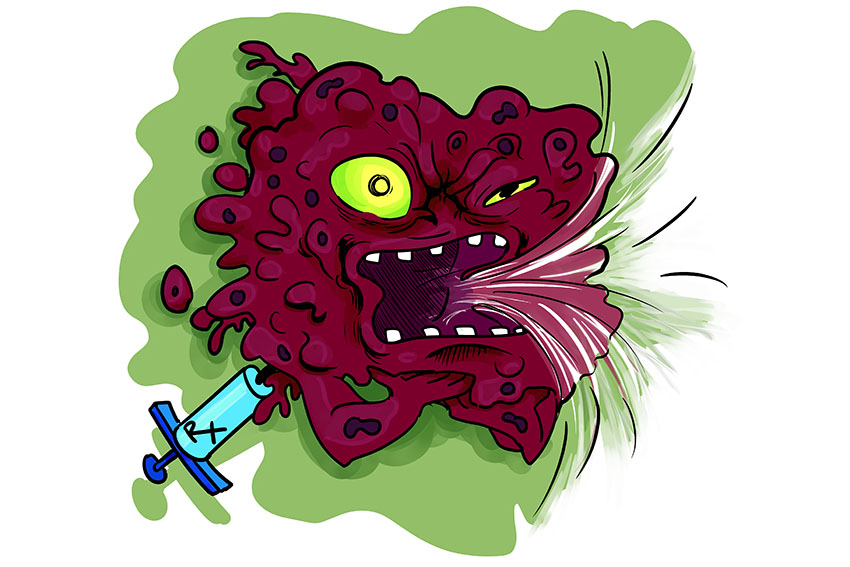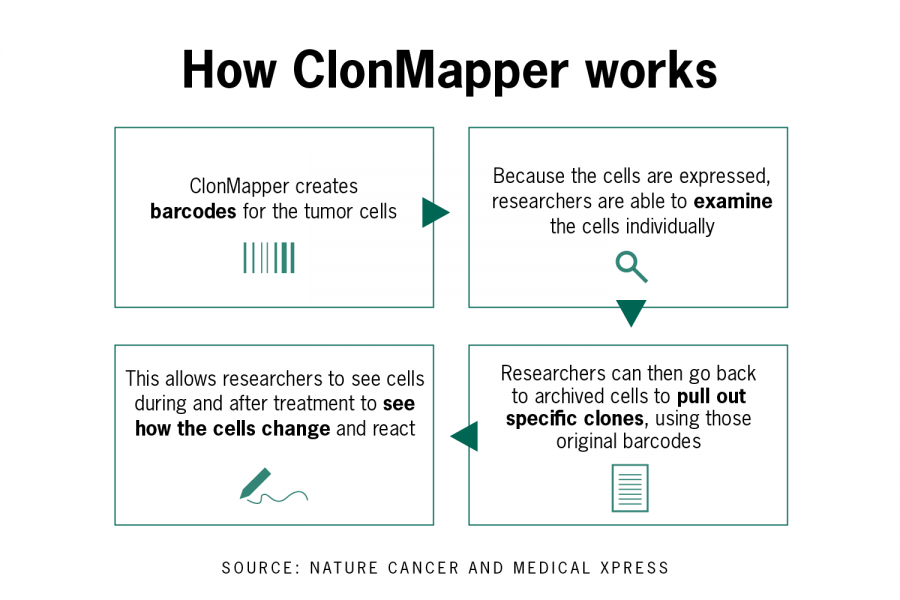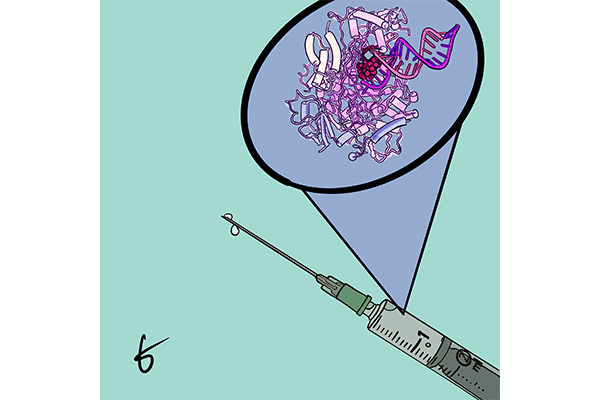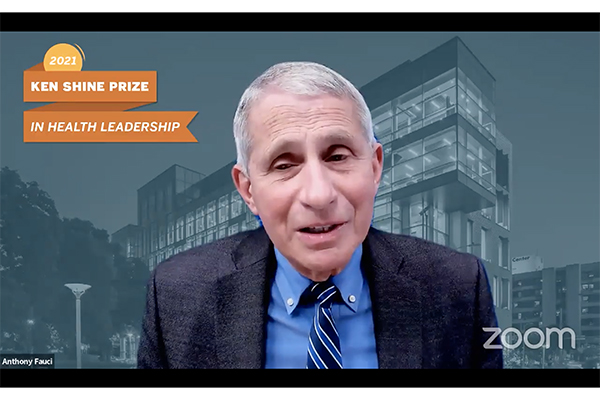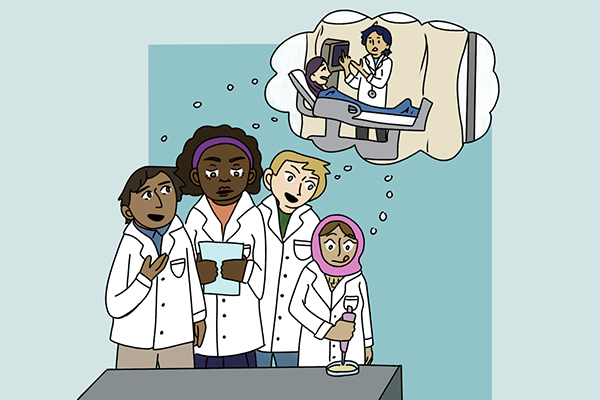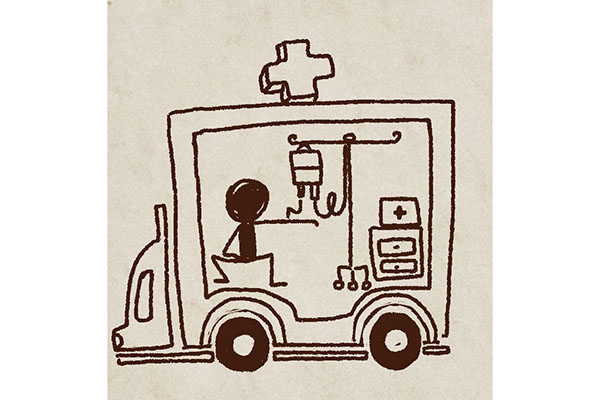A new drug combination discovered by researchers at UT-Austin and Korea University could prevent drug resistance during cancer treatment.
Jonathan Sessler, a UT chemistry professor and cancer survivor, has spent his career developing cancer treatments. In a study published this month in Chem, a team including him and research fellow Jonathan Arambula discovered a drug lead named C1, which effectively treated drug resistant tumors in mice.
During treatment, cancers are similar to bacteria in that they can both develop drug resistance if the disease is not completely eradicated, said Arambula, UT chemistry research fellow and co-author of the study. This leads to poor patient outcomes as cancer drugs gradually become ineffective upon further treatment.
“I’m a three-time cancer survivor, so I’m very keen to try and overcome problems associated with current cancer therapies,” Sessler said. “Resistance is a major factor and the onset of resistance varies as cancers do — this particular study is exploiting a resistance mechanism involving change in metabolism.”
The drug lead C1 is a made up of two already-existing drugs linked together: Doxorubicin, a chemotherapy drug that’s been in use since the 1970s, and dichloroacetic acid, which is a drug that targets metabolism.
Arambula said in healthy cells, such as those in your muscles or liver, sugar is converted into energy in processes that require oxygen. Cancer cells undergo more rapid growth and need energy much faster than healthy cells do, he said. In order to get it, they forgo the usual pathways and instead get energy through processes that don’t require oxygen. This produces energy more quickly, satisfying cancer cells’ need for a quick fix, but is ultimately inefficient, Arambula said. It also produces waste products, which cancer cells deal with by creating structures called transporters. These transporters excrete things cancer cells don’t want, which unfortunately includes cancer drugs, contributing to drug resistance.
C1 works by reprogramming metabolism in cancer cells to be more “normal,” removing the need for transporters and allowing chemotherapy drugs to stay inside, preventing cancer cells from replicating and spreading. When C1 enters cancer cells, it first breaks apart to release DCA and Dox.
“This right here is basically able to jumpstart correct metabolism,” Arambula said. “Once you can start up normal metabolism, the cancer cell doesn’t generate as much waste, and because of that it doesn’t need all those transporters on cell membranes to remove the waste – those transporters go away.”
The key is the link between DCA and Dox, which allows them to both be delivered at the same time, Arambular said. In the study, mice with drug-resistant tumors given C1 had tumors half the size of those who were given DCA and Dox separately.
In theory, this metabolic reprogramming strategy can be applied to different types of cancers, Sessler said. The research team has filed a patent on C1.
“The one thing I really like about this paper is that it provides a very good, concrete set of experiments to prove this mechanism of action,” Arambula said. “We’ve created a very sophisticated drug that can reverse metabolic irregularities and treat the cancer.”
Next, researchers will test the drug on animal models and conduct toxicity profiles to see if C1 is a viable clinical candidate, Arambula said. He added that drug development takes lots of time, innovation and teamwork.
“Students and professors’ … abilities to come up with new ideas is vitally important to the discovery of next-generation drugs,” Arambula said. “We still have a long way to go.”



